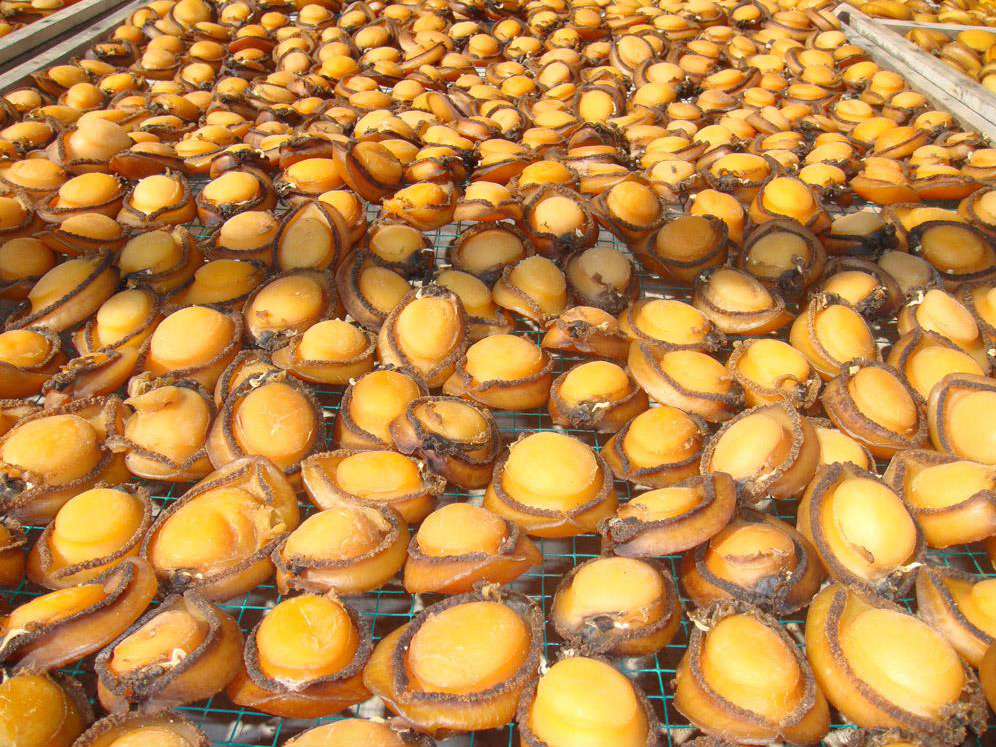

By Zainab Al Nasseri — MUSCAT: Dec 18: Abalone fishing season in Dhofar ended yesterday as specified by the Ministry of Agriculture and Fisheries. This season’s production, whose kilogram reached RO 35, was inaugurated on December 7 and lasted for 12 days. It witnessed a large turnout from consumers in local markets. The Governorate of Dhofar is famous for its production of Abalone, which is one of the rare marine wealth and one of the important economic species that abound in the Omani waters. They are exported mostly to Asian markets through local merchants. The Ministry sets up the fishing season for Abalone, as well as the issuance of special resolutions banning Abalone fishing and trading during some years to maintain the sustainability of this wealth that may be exposed to extinction due to illegal and overfishing. It was banned in 2008, 2009 and 2010 to enhance its stock.
In 2011, Abalone fishing was allowed starting from October 20, 2011 until November 20, 2011 resulting in catching 149 tonnes of it, which is the largest amount of Abalone in one season. This was as a result of a three-year banning, which was from 2008 to 2010.
Within the frame of guidance and awareness efforts, the Directorate General of Fisheries in Dhofar conducted lectures in Mirbat and Sadah for fishermen, divers, and businessmen highlighting the importance of this wealth, releasing figures of its reserve in Omani waters, and fishing laws and rules. The DG issued fishing and selling clearances for fishermen as well as it identified centres for downloading and producing abalone in Hinu and wadi Ain in Mirbat, and Soob, Sadah, Foshi, Hetom, Had been, Hasik in Sadah. It also cooperated with Central Observation Department in the Ministry and Dohfar police to form observation teams and make sure that fishermen are applying rules stated by marine fishing law.
Abalone high cost is referred to the increase of extremal demand on it, its rarity, and its valuable silver shelves which are used to make women accessories.
It only exists in sea waters located between Mirbat and Sharabthat in Shileem and Halniyat Island. The abalone, scientifically known as Haliotis mariae, found only in the Sultanate’s waters, and is also one of the fastest growing abalone species in aquaculture. It reaches an average shell length of 60mm over 13 months, which translates to a monthly increase of 4.1mm. It has unique economic and nutritious value. Globally there are 120 types of abalone spread over the world’s waters, mostly in Japan, Australia, Mexico, New Zealand, USA, Africa South and Chile.
Oman Observer is now on the WhatsApp channel. Click here



